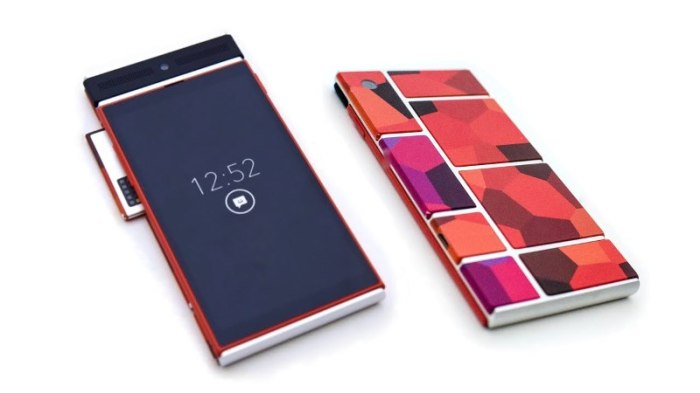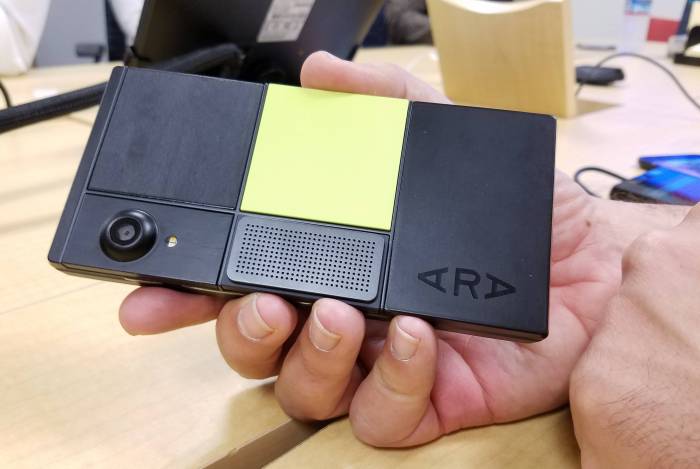Project Ara: Project Ara Founder Speaks On Closure
Project Ara was a modular smartphone initiative launched by Google in 2013. It aimed to revolutionize the way we think about and interact with smartphones by allowing users to customize their devices with interchangeable modules. This modularity promised a new era of user-centricity and flexibility in the smartphone landscape.
Modularity: The Core Concept
The core concept of Project Ara revolved around the idea of a “skeleton” or “endoskeleton” that would serve as the base for the smartphone. This skeleton would house a set of standardized connectors, enabling users to attach and detach various modules. Each module would perform a specific function, such as providing display, processing power, camera capabilities, or connectivity.
Benefits of Modularity
The modular design of Project Ara offered several potential benefits for consumers:
- Customization: Users could choose the modules that best suited their individual needs and preferences. For example, a user who frequently takes photos could opt for a high-quality camera module, while a user who prioritizes battery life could choose a module with a larger battery capacity.
- Repair: In the event of a malfunction, users could simply replace the faulty module instead of having to replace the entire phone. This would significantly reduce repair costs and downtime.
- Upgradeability: As new technologies emerged, users could upgrade their phone by swapping out outdated modules with newer ones. This would allow users to keep their devices up-to-date without having to buy a completely new phone.
Examples of Modular Components
Project Ara envisioned a wide range of modular components, including:
- Displays: Different screen sizes, resolutions, and technologies (e.g., LCD, OLED) could be chosen to meet specific user requirements.
- Processors: Users could select from a variety of processors, ranging from budget-friendly options to high-performance chips, depending on their computing needs.
- Cameras: Different camera modules with varying resolutions, lens types, and features could be swapped in and out to cater to different photographic needs.
- Storage: Users could choose from a variety of storage modules, allowing them to expand their storage capacity as needed.
- Batteries: Different battery modules with varying capacities could be selected to provide extended battery life for specific use cases.
- Connectivity: Modules for various connectivity options, such as Wi-Fi, Bluetooth, NFC, and cellular data, could be added or removed based on user requirements.
The Rise and Fall of Project Ara
Project Ara, Google’s ambitious venture into the world of modular smartphones, promised a future where users could customize their devices with interchangeable components. The idea was revolutionary, offering unparalleled flexibility and potential for innovation. However, despite initial excitement and a strong push from Google, Project Ara ultimately failed to materialize into a commercially viable product. This article delves into the rise and fall of Project Ara, examining the key factors that contributed to its demise.
Project Ara’s Timeline, Project ara founder speaks on closure
Project Ara’s journey was marked by both exciting advancements and significant setbacks. The project was first announced in 2013, generating considerable buzz in the tech community. Google showcased prototypes and partnered with various companies to develop modules for the platform. In 2014, Google launched a developer program, encouraging third-party developers to create modules for Project Ara. The first developer edition of the Ara phone was released in 2015, and Google planned a wider commercial release in 2016. However, this ambitious timeline was repeatedly pushed back, indicating the growing challenges faced by the project.
Factors Contributing to Project Ara’s Failure
The decision to discontinue Project Ara was a result of several converging factors, including:
- Technical Hurdles: The modular nature of Project Ara posed significant technical challenges. Ensuring compatibility and seamless integration between various modules from different manufacturers was a complex engineering feat. Maintaining stability and performance while accommodating a wide range of modules proved to be a significant hurdle.
- Market Reception: Despite initial enthusiasm, the market reception for Project Ara was lukewarm. Consumers were hesitant to embrace a modular phone, concerned about its durability, complexity, and potential for compatibility issues. The lack of a clear value proposition compared to traditional smartphones further hindered adoption.
- Competition from Traditional Smartphone Manufacturers: Traditional smartphone manufacturers, such as Samsung and Apple, rapidly innovated and offered increasingly powerful and feature-rich devices at competitive prices. This fierce competition made it difficult for Project Ara to gain traction in the market.
Impact of Project Ara’s Failure on Modular Smartphone Technology
Project Ara’s failure dealt a significant blow to the future of modular smartphone technology. The project’s demise discouraged other companies from investing in similar initiatives, and the modular smartphone market remains largely stagnant. However, the concept of modularity continues to hold promise in other areas of technology, such as laptops, wearables, and even automobiles.
Project ara founder speaks on closure – Project Ara’s story is a reminder that even the most innovative ideas can face unforeseen obstacles. While the project’s closure may have been a setback for modular technology, it also serves as a valuable lesson in the challenges of bringing disruptive technologies to market. The founder’s insights offer a glimpse into the future of modularity, suggesting that its potential applications extend far beyond smartphones. As we move forward, the lessons learned from Project Ara will continue to shape the development of innovative technologies and pave the way for new possibilities.
Project Ara founder Paul Eremenko’s words about the project’s closure still resonate: “Sometimes, the best ideas just don’t make it.” This sentiment seems to echo the struggles of the Galaxy Note 7, which, despite its innovative features, was plagued by issues like easily scratched displays. Ultimately, both Project Ara and the Note 7 fell victim to the harsh reality of the tech world, where even the most ambitious projects can be brought down by unforeseen obstacles.
 Standi Techno News
Standi Techno News

